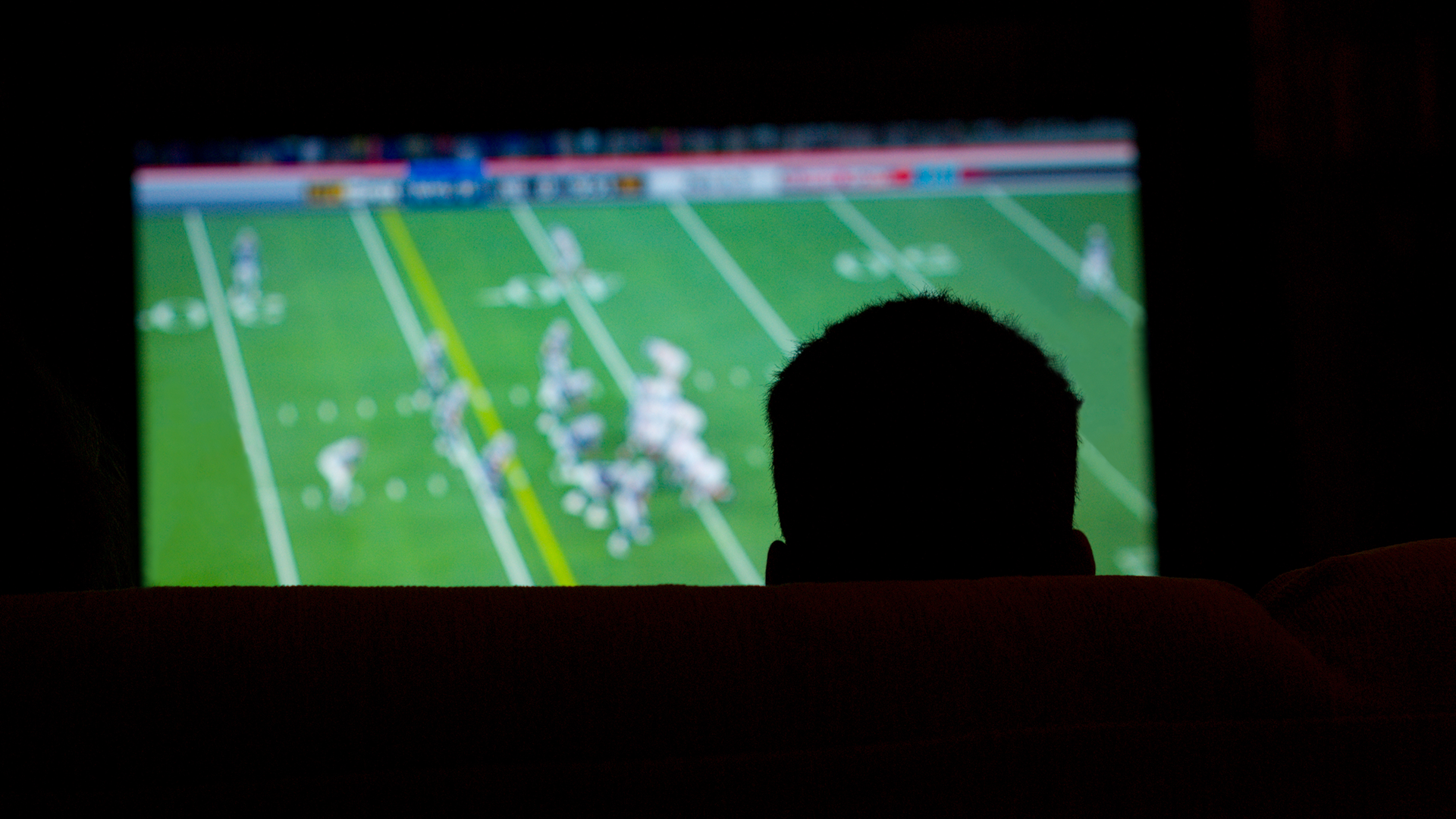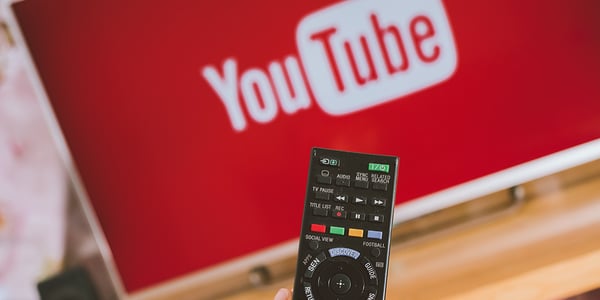
This week's review of ad fraud and quality in the digital advertising space.

The Super Bowl had 96.4 million viewers across all platforms, according to eMarketer (via Nielsen data). It was the least-watched Super Bowl in 14 years. "One bright spot, however, was CBS’s streaming audience—there was a record-setting 5.7 million viewers, a 65% increase from last year," eMarketer noted.

While CTV devices like Roku and Amazon Fire TV remain the primary ways in which people stream TV, Digiday reports that smart TV markers are "beginning to challenge those companies’ dominance over the connected TV screen, attracting more attention from audiences as well as streaming services and advertisers."

Google's YouTube has received MRC accreditation for brand safety. Yahoo Finance reports that YouTube "effectively protects its advertisers from appearing on content deemed inappropriate for paid ads" and that Google is "committed to remaining at least 99% effective at making sure ad placements on YouTube are brand safe."

Well over half (60%) of advertisers "have yet to even begin formulating any strategy for adjusting to Apple's [upcoming IDFA] changes," reported MediaPost, citing a new study from Advertiser Perceptions.
“Programmatic advertisers will shift some of their ad dollars to places where they still have an ability to target and measure their audiences as they’ve done in the past,” Lauren Fisher, Advertiser Perceptions Vice President-Business Intelligence noted in the report, per MediaPost. Fisher added: "That could mean connected TV (CTV), Android for now, and other parts of the web.”

ExchangeWire has gathered a handful of 2021 predictions for CTV advertising. "The early success of CTV from both a consumer and advertising perspective will result in next year’s media plans looking very different to anything we’ve seen before," said Alex Khan, group managing director, International at Unruly.
Omri Polak, head of content at Primis, added: "As more audiences flock to video on their desktops, phones, and on CTV, advertisers will demand even greater transparency into the effectiveness of video."
*By entering your email address and clicking Subscribe, you are agreeing to our Terms of Use and Privacy Policy.
These Stories on Weekly Recaps
*By entering your email address and clicking Subscribe, you are agreeing to our Terms of Use and Privacy Policy.

Disclaimer: The content of this page reflects Pixalate’s opinions with respect to the factors that Pixalate believes can be useful to the digital media industry. Any proprietary data shared is grounded in Pixalate’s proprietary technology and analytics, which Pixalate is continuously evaluating and updating. Any references to outside sources should not be construed as endorsements. Pixalate’s opinions are just that - opinion, not facts or guarantees.
Per the MRC, “'Fraud' is not intended to represent fraud as defined in various laws, statutes and ordinances or as conventionally used in U.S. Court or other legal proceedings, but rather a custom definition strictly for advertising measurement purposes. Also per the MRC, “‘Invalid Traffic’ is defined generally as traffic that does not meet certain ad serving quality or completeness criteria, or otherwise does not represent legitimate ad traffic that should be included in measurement counts. Among the reasons why ad traffic may be deemed invalid is it is a result of non-human traffic (spiders, bots, etc.), or activity designed to produce fraudulent traffic.”

